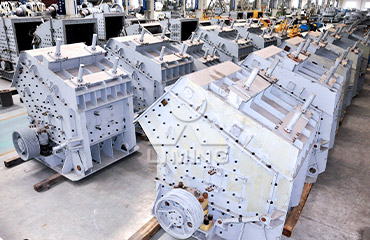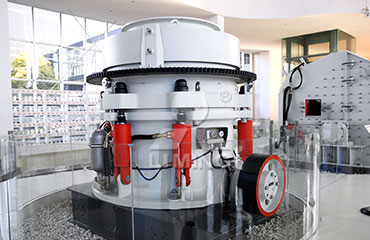Comparison Between Impact Crushers and Cone Crushers: Key Differences and Applications
In the field of industrial crushing, both impact crushers and cone crushers play crucial roles in breaking down various types of materials for different applications. While both are highly efficient at reducing the size of raw materials, they differ in their design, operation, and optimal applications. Understanding these differences is essential for selecting the right crusher for specific projects, such as in mining, construction, or recycling operations.
1. Design and Working Principle
The fundamental distinction between impact crushers and cone crushers lies in their crushing mechanisms.
- Impact Crushers: These machines utilize the force of impact to crush materials. The rotor, equipped with hammers or blow bars, spins at high speed and strikes the material, causing it to break into smaller fragments upon collision with the impact plates. This method is especially effective for brittle materials and produces a more uniform particle shape.
- Cone Crushers: These machines work by using compression to crush materials between a rotating cone and a stationary bowl. As the cone moves, the material is squeezed and crushed against the bowl liner. Cone crushers are known for producing finer, more cubical products and are better suited for harder materials like granite or basalt.
2. Crushing Capacity and Efficiency
- Impact Crushers: These crushers are more efficient at processing softer, less abrasive materials such as limestone, coal, and certain recycled materials. Impact crushers tend to have a higher reduction ratio, meaning they can reduce larger pieces of material to a smaller size in one pass. This makes them ideal for applications where fast processing is needed, but they may struggle with harder rocks.
- Cone Crushers: When it comes to crushing hard, abrasive rocks such as granite or quartz, cone crushers outperform impact crushers. Their compression-based mechanism is more suited to handling tough materials, and they typically provide a more gradual reduction in size, offering high precision in particle shape. While the initial throughput may be slower than impact crushers, cone crushers are more efficient in the long run for these materials.
3. Final Product Shape and Quality
- Impact Crushers: The high-speed impact mechanism of these crushers tends to produce more fines and a more uniform product shape, which is often desirable for construction applications like road building and concrete production. The particle shape tends to be more cubical, making it a good fit for producing aggregate for asphalt and concrete.
- Cone Crushers: These crushers are excellent for producing well-graded material, which is often used in the mining industry for secondary or tertiary crushing. The shape of the material produced is less angular compared to impact crushers but may still be slightly more elongated, making cone crushers the preferred option for producing high-quality materials for industrial uses.
4. Applications
- Impact Crushers: They are commonly used in projects that require quick material processing, such as recycling plants, where a fast turnaround is necessary. They are also frequently employed in aggregate production and construction industries where a uniform product size and shape are required.
- Cone Crushers: These are more suited for applications involving hard or abrasive materials, such as mining operations. They are often used in secondary or tertiary crushing stages to produce finer materials, making them ideal for mining, mineral processing, and certain types of industrial sand and gravel applications.
5. Maintenance and Wear
- Impact Crushers: These crushers generally experience higher wear rates due to the constant collision between the material and the blow bars or hammers. Frequent maintenance is required to replace these parts, especially when crushing hard or abrasive materials.
- Cone Crushers: While they are more efficient with harder materials, cone crushers typically have lower wear rates due to the compression-based crushing method. However, maintaining the liners and ensuring proper feed size is critical for optimal performance.
Conclusion
Both impact crushers and cone crushers have distinct advantages and drawbacks, depending on the specific materials and applications in question. Impact crushers excel in producing a more cubical product and processing softer materials quickly, while cone crushers are more effective for handling hard, abrasive materials and achieving finer, well-graded products. Selecting the appropriate crusher depends on the nature of the material being processed, the required final product, and the operational needs of the project.
- > Gravel Impact Crusher for Concrete Aggregates: Enhancing Construction Efficiency
- > Common Maintenance Issues and Solutions for Cone Crushers
- > Applications of Mobile Impact Crushers in Modern Industry
- > High-Performance Vibrating Feeders in Nigeria
- > The Impact of Quartz on Crushing Equipment
- > The Role of Vibrating Screens in Iron Ore Washing: Enhancing Efficiency in Ore Processing
- > A Deep Dive into the HST Hydraulic Cone Crusher
- > Vertical Shaft Impact Crusher for Limestone Crushing in Venezuela
Hot Product


Online




Message


